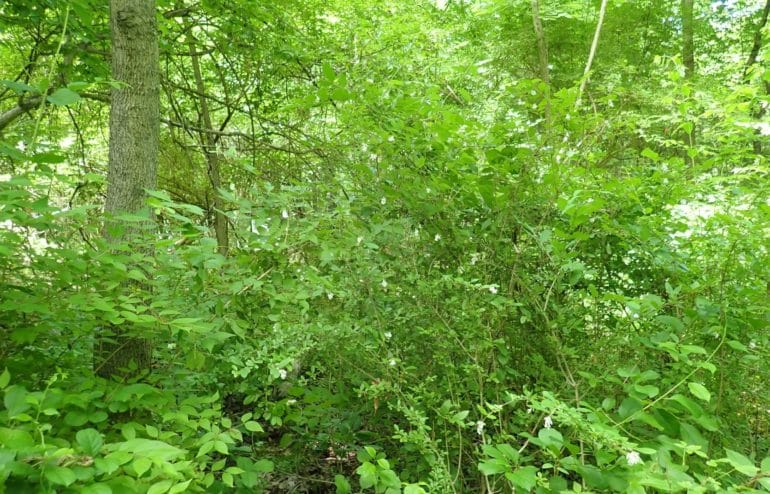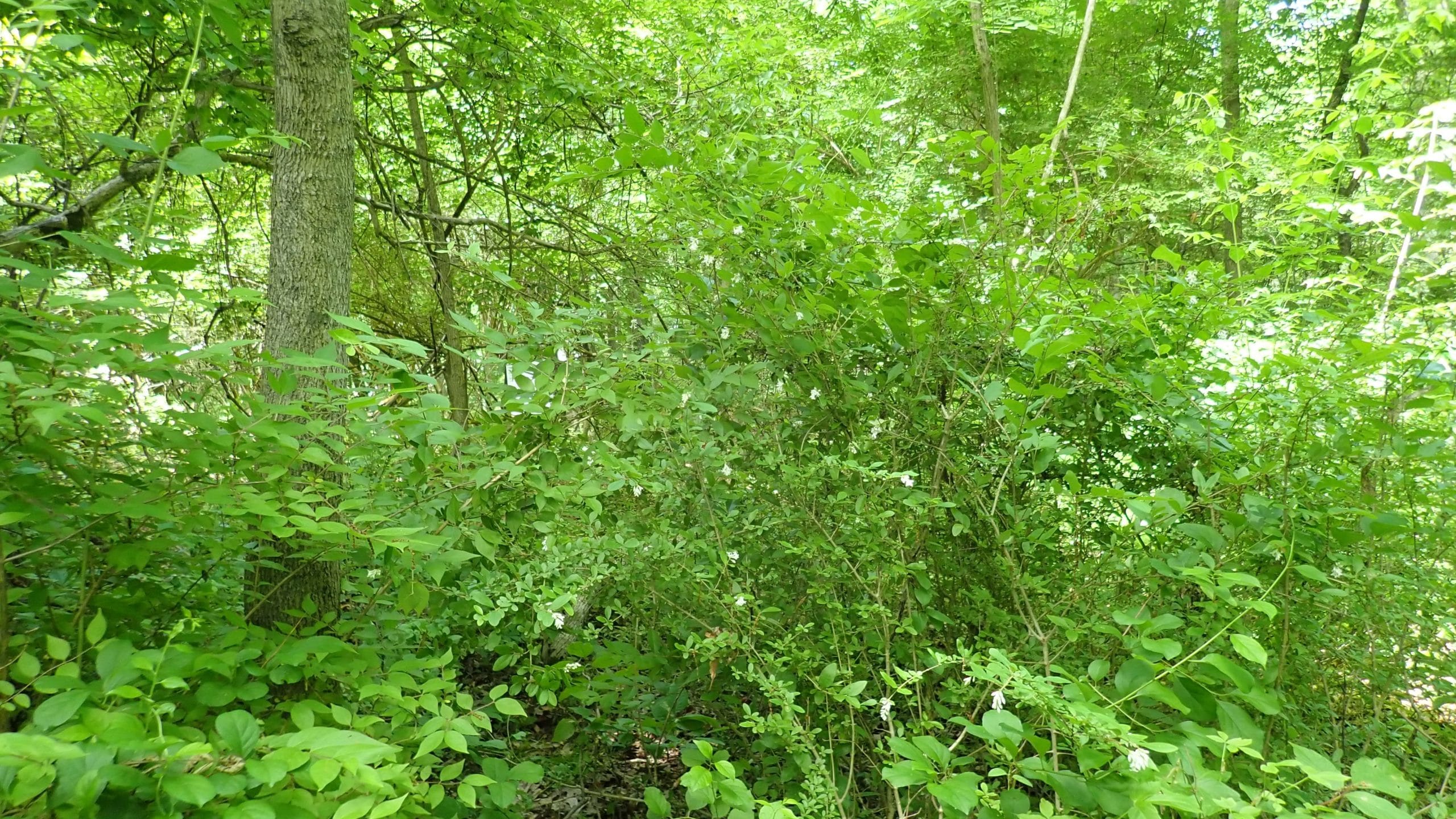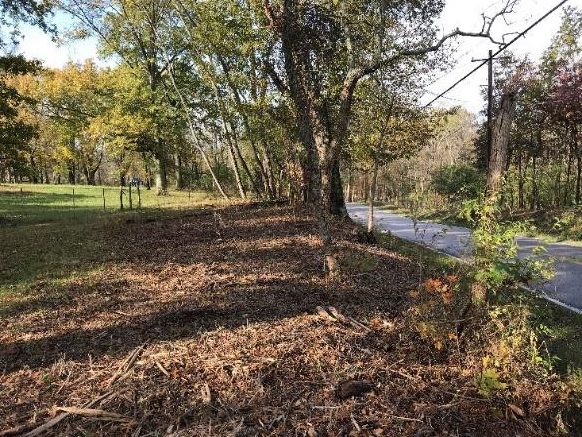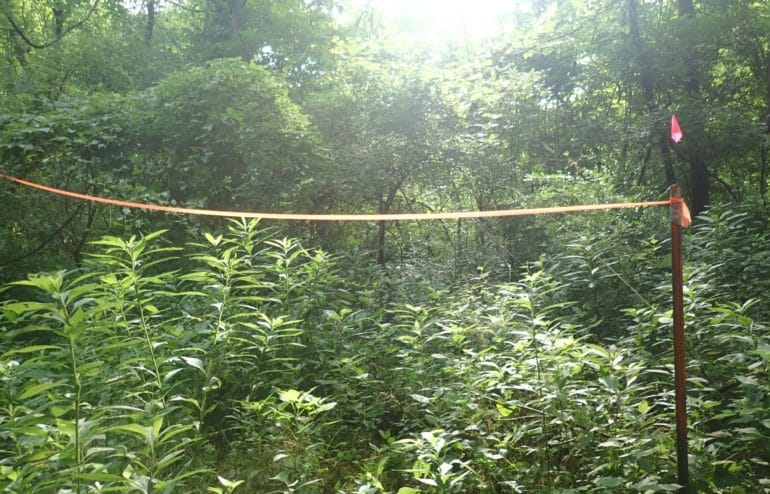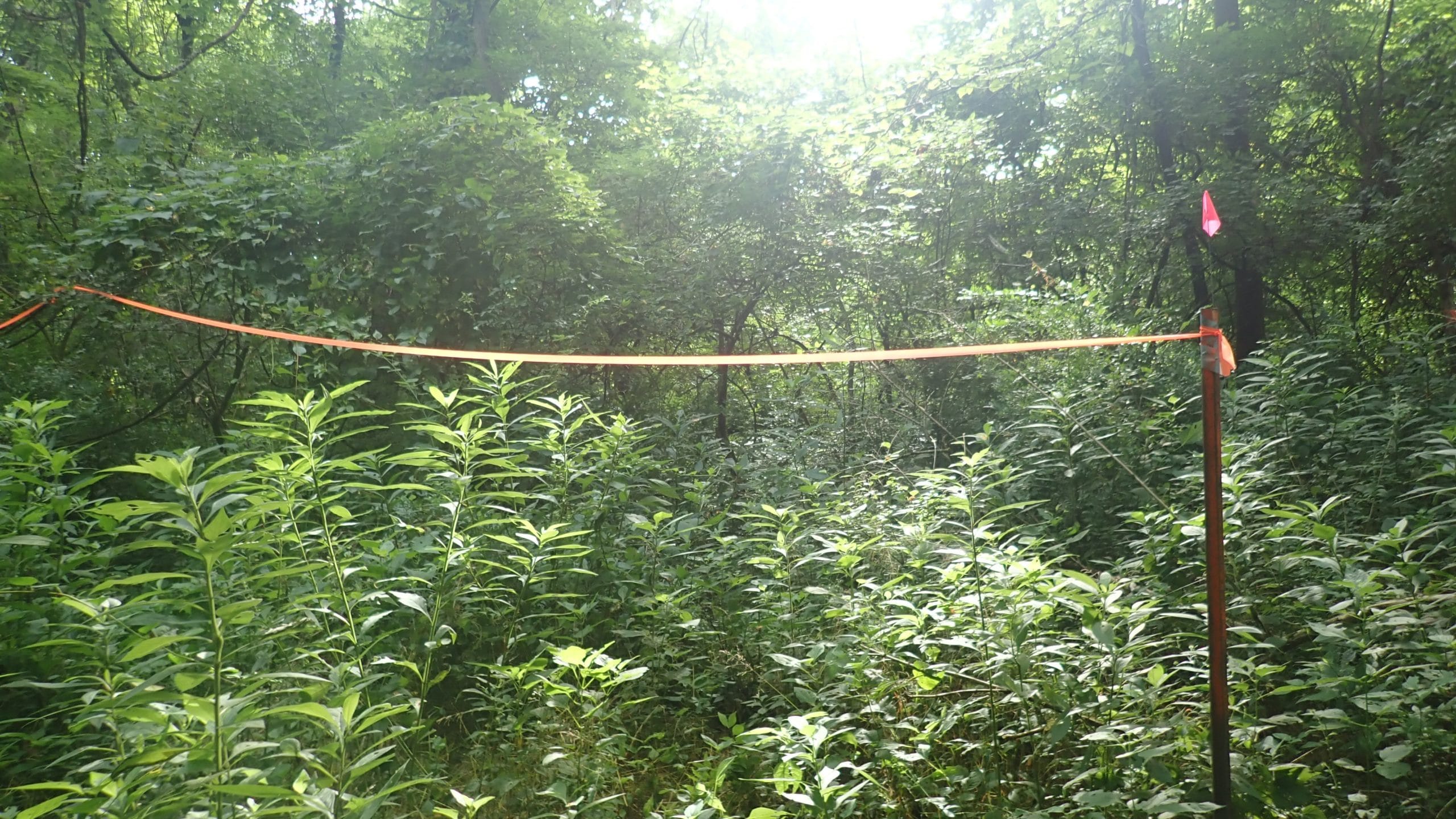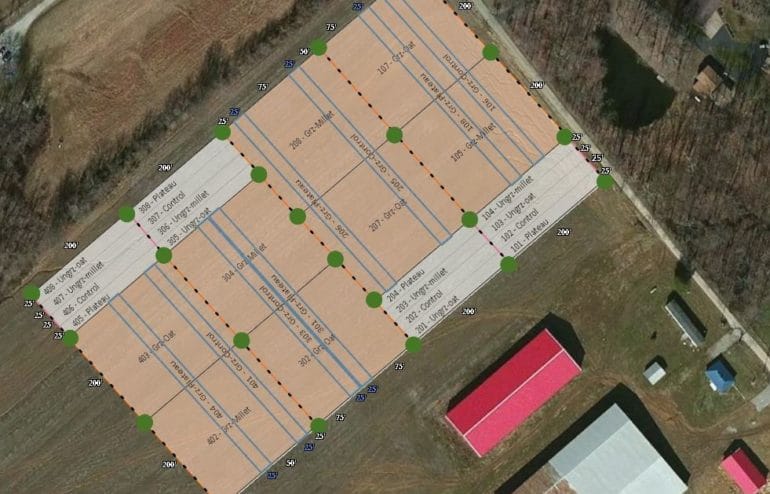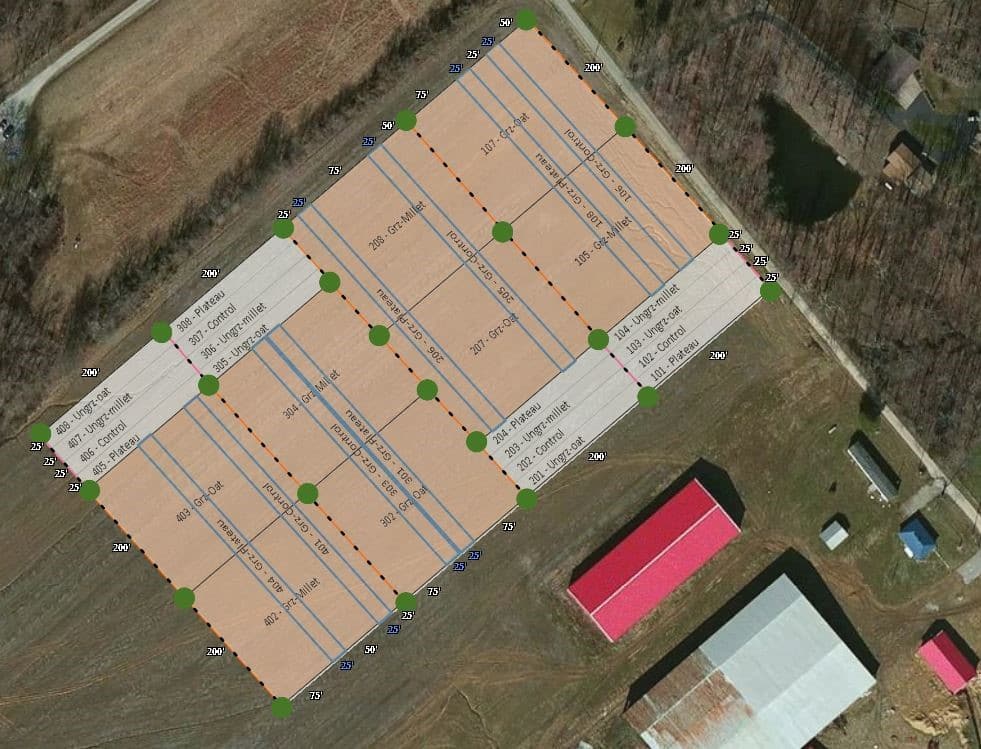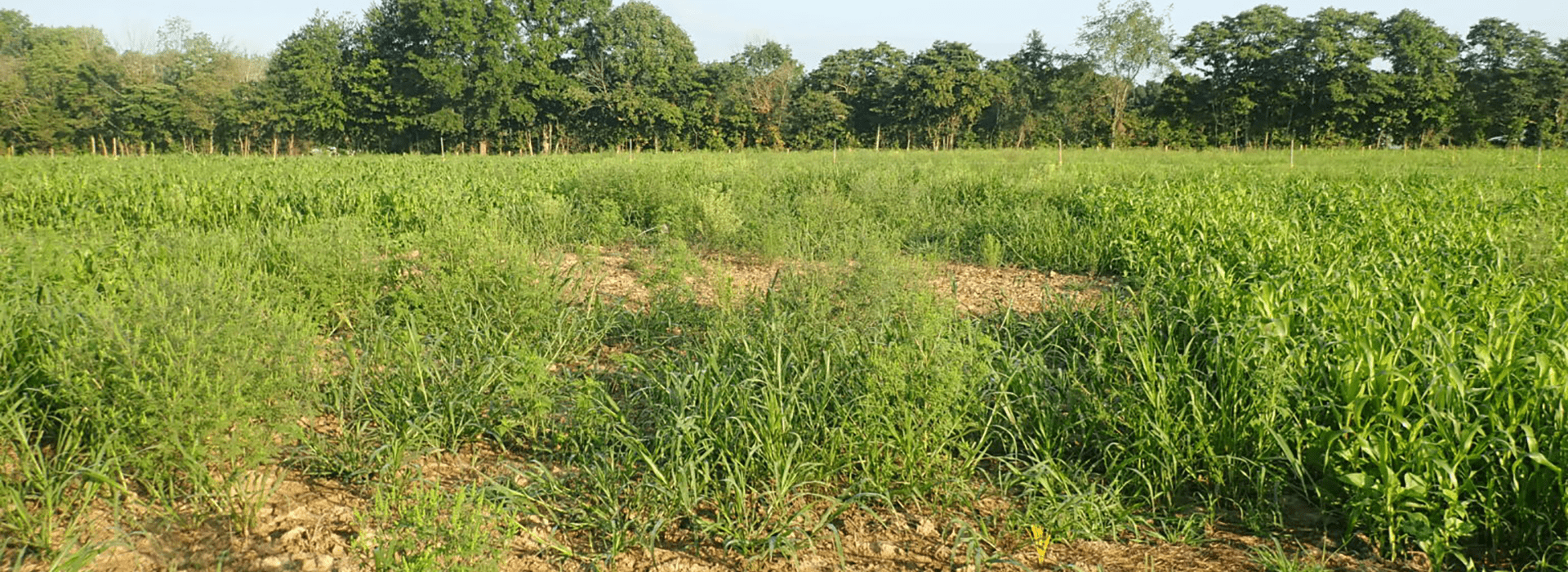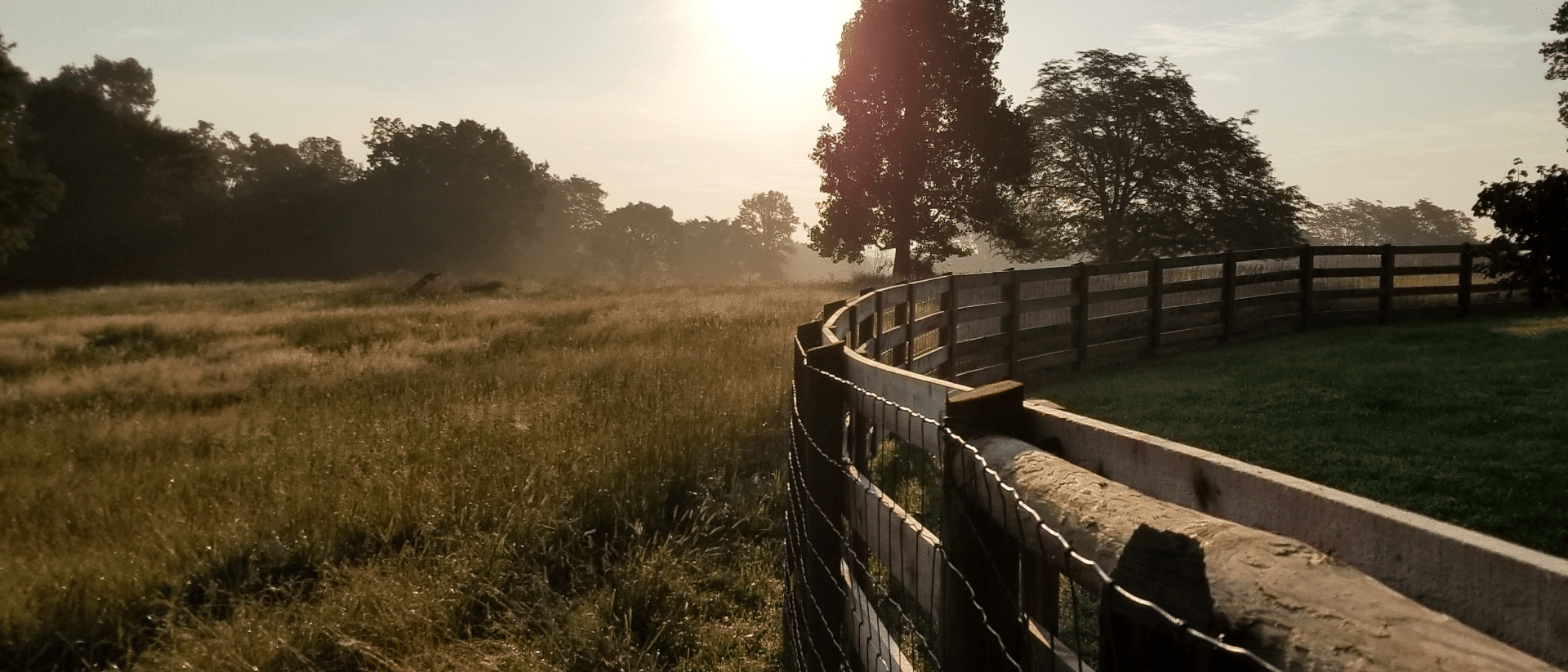
Grass-Finished Beef Nutritional Study Publication
Our research manuscript “A Nutritional Survey of Commercially Available Grass-Finished Beef” has been published in Meat and Muscle Biology™ , the official publication of the American Meat Science Association.
Read the whole manuscript online or download a pdf copy.
From the abstract: Consumer interest in the source of their food, its environmental footprint, and the impact of diet on health has supported the growth of the grass-finished beef (GFB) industry. Studies have concluded that GFB has distinct nutritional differences from conventionally-finished beef. As the GFB industry continues to expand, it is vital to continue to explore the nutritional complexities and variation in the product. To achieve this, a survey of grass-finishing production systems throughout the USA was conducted, and beef finished on the participating farms was analyzed for its nutritional composition, including fatty acid (FA), mineral and fat-soluble vitamin contents. Samples were analyzed from 12 producers and annual production capacity of farms ranged from 25 to 5,000 cattle, with a mean age of cattle at harvest of 26.8 ± 2.30 mo. An array of finishing diets included grazing exclusively in perennial pasture, incorporating annual forage crops, and feeding a variety of harvested forages with supplementation of non-starch feed byproducts. Beef muscle tissue FA content was analyzed by gas chromatography-mass spectrometry (GC–MS). The mean ratio of omega-6 (n-6) to omega-3 (n-3) FA in samples varied significantly by producer, ranging from 1.80 to 28.3 (P < 0.0001), with an overall sample set median of 4.10. A selection of minerals including iron, magnesium, and potassium were analyzed by ICP emission spectroscopy and mineral content significantly differed by producer for all minerals (P < 0.001). Mean α-tocopherol and β-carotene content was 610.6 µg/100 g beef and 32.2 µg/100 g, respectively. The amount of these antioxidants also varied between producers (P < 0.0001), but tended to be greater in beef finished solely on fresh forages. This survey indicates that commercially available GFB can vary in nutritional composition due to the diverse practices used to grass-finish cattle.


